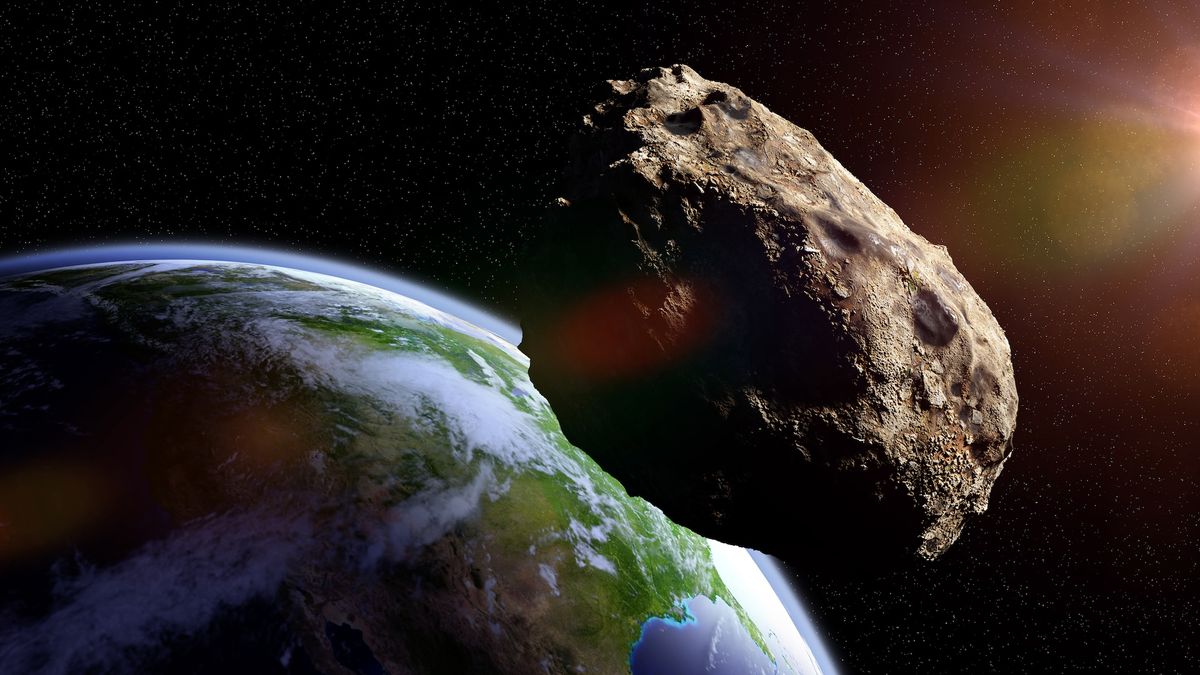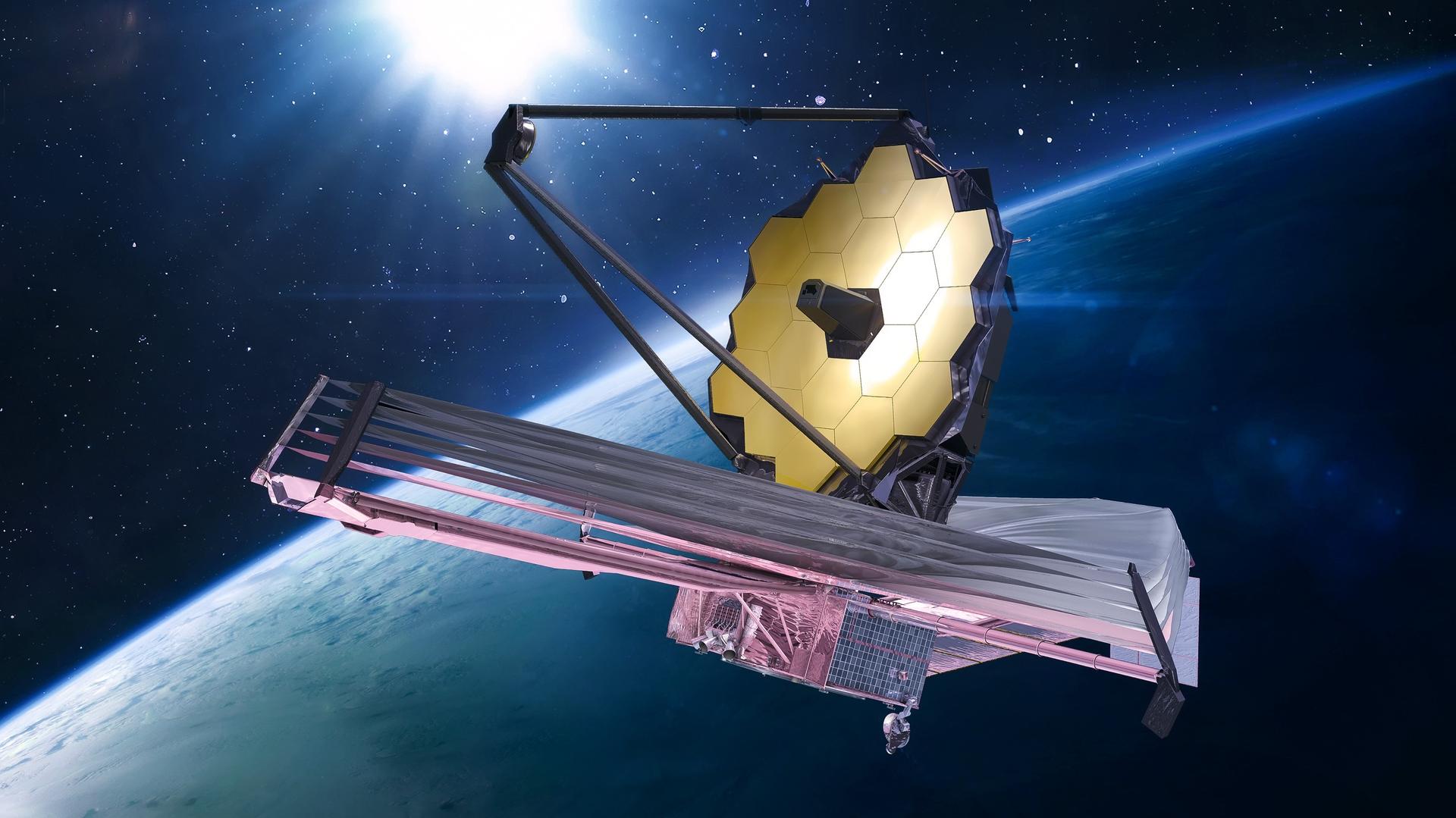
The most advanced space telescope ever built by humanity is now focused on the most perilous asteroid identified in our solar system.
As detailed in a blog post from the European Space Agency (ESA), a global team of astronomers has been granted urgent access to the powerful James Webb Space Telescope (JWST) to study the potentially dangerous asteroid 2024 YR4 in the upcoming months. This asteroid, comparable in size to a building, was first detected by NASA’s Asteroid Terrestrial-impact Last Alert System in December 2024 and is currently the top priority on the agency’s asteroid monitoring schedule, presenting approximately a 1-in-43 chance (2.3%) of colliding with Earth in December 2032.
Assessing a Potential Threat
Astronomers estimate that 2024 YR4 spans about 180 feet (55 meters) in diameter, roughly the same height as the Leaning Tower of Pisa. While such a collision wouldn’t result in a mass extinction event like the infamous Chicxulub impactor that wiped out the dinosaurs 66 million years ago, it could cause regional damage akin to the Tunguska event, which flattened approximately 80 million trees in Siberia in 1908, as noted by Space.com.
However, the current size estimation for 2024 YR4 is largely based on data obtained from ground-based telescopes. These telescopes, limited by Earth’s atmosphere, can only observe the sunlight reflected from the asteroid’s surface, offering an incomplete picture of its actual dimensions, according to ESA. The asteroid could very well be larger than its current estimated size.
Related: NASA’s Most Wanted: The 5 Most Threatening Asteroids to Earth
“Generally, the brighter an asteroid appears, the larger it likely is; however, this correlation is highly dependent on the surface reflectivity of the asteroid,” ESA officials explained in the blog post. “2024 YR4 might be 40 m (130 feet) across and very reflective, or it could be 90 m (295 feet) across with lesser reflectivity.
“It’s crucial to refine our size estimates for 2024 YR4: the threat level posed by a 40 m asteroid significantly differs from that of a 90 m asteroid,” the ESA added.

JWST to the Rescue
The upcoming JWST observations will greatly enhance our comprehension of the asteroid’s size, according to ESA.
Instead of relying on reflected sunlight, JWST’s infrared instruments will investigate the heat emitted by the asteroid itself, allowing for a more accurate determination of its true dimensions and surface characteristics. Additionally, the JWST, positioned in space, will provide a superior view of the asteroid than ground-based telescopes, which must contend with the Earth’s atmospheric interference when observing near-Earth objects. (NASA and ESA’s planned next generation of asteroid-hunting telescopes will also utilize infrared for similar reasons.)
JWST is slated to observe 2024 YR4 in March when the asteroid is at its brightest, according to ESA. The telescope will then observe the asteroid again in May as it moves away from the sun — the last opportunity to observe this space rock until another close approach in 2028.
Overall, the research team will utilize approximately four hours of JWST’s operational time, which is carefully allocated based on a competitive proposal process. The upcoming asteroid observations will draw from JWST’s “director’s discretionary time,” a limited block of research hours reserved for urgent observations that cannot wait for the yearly proposal cycle. All gathered data will be made publicly accessible following their release.









